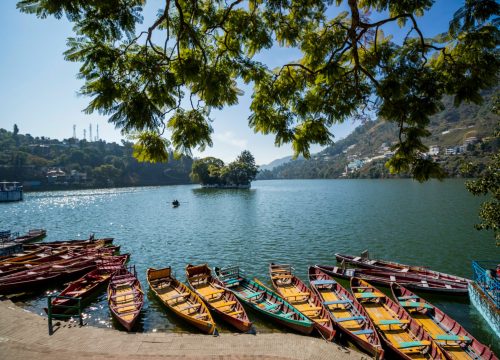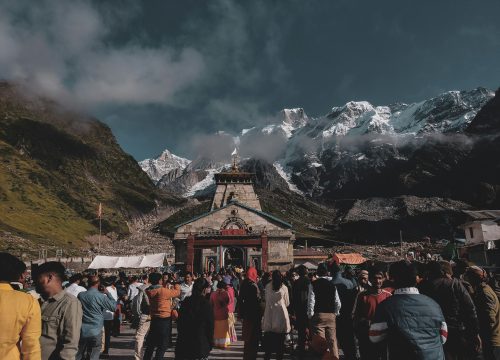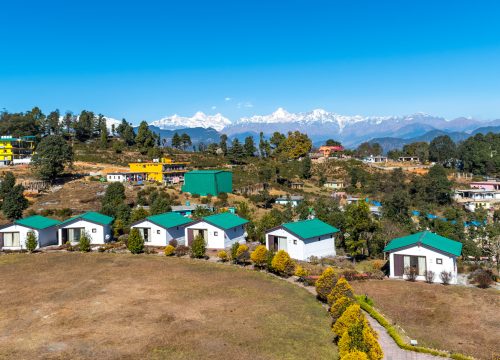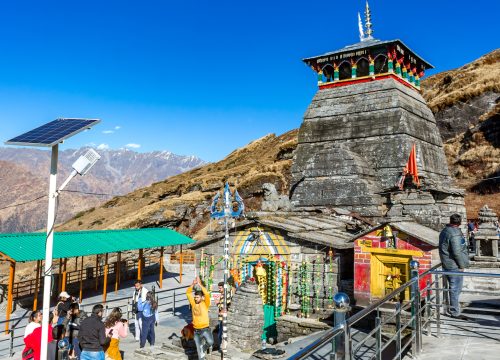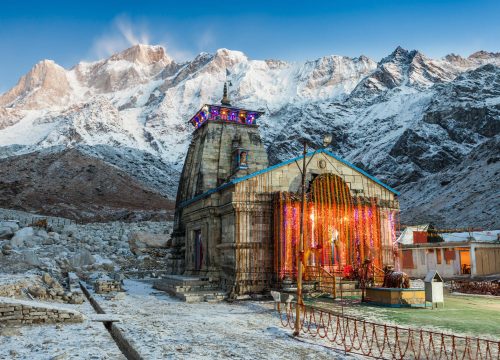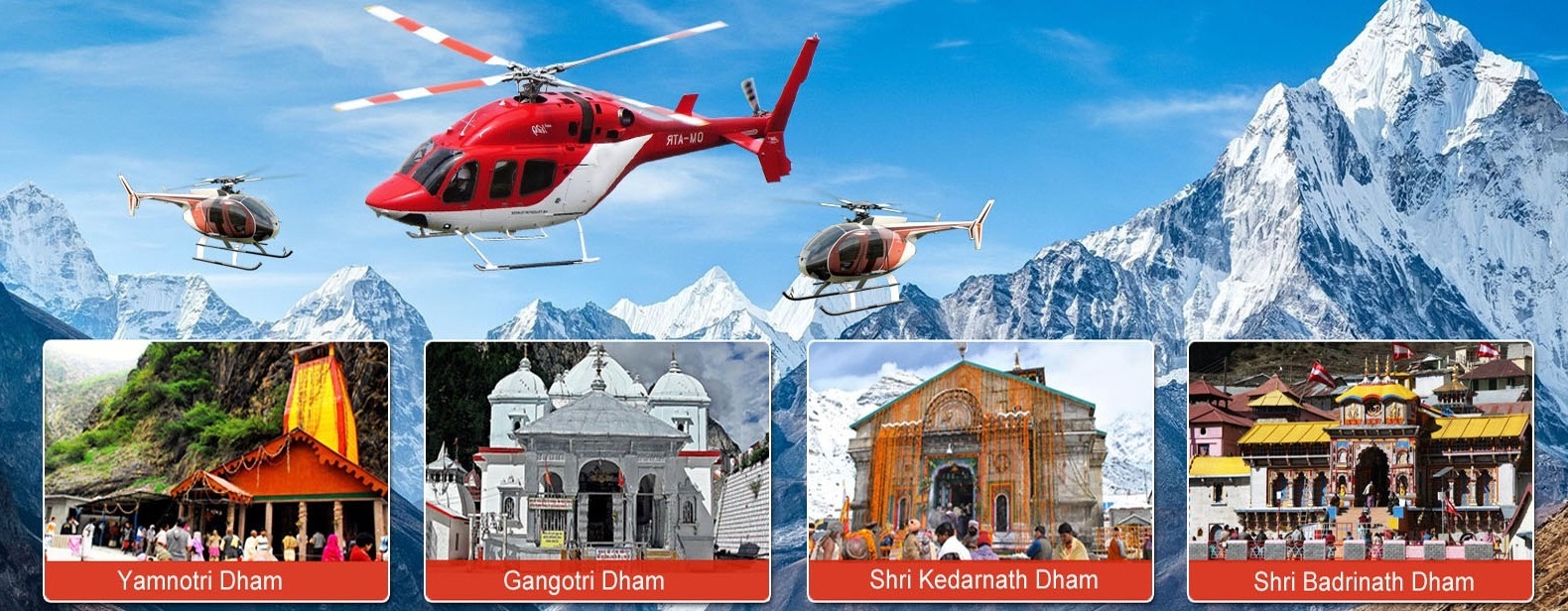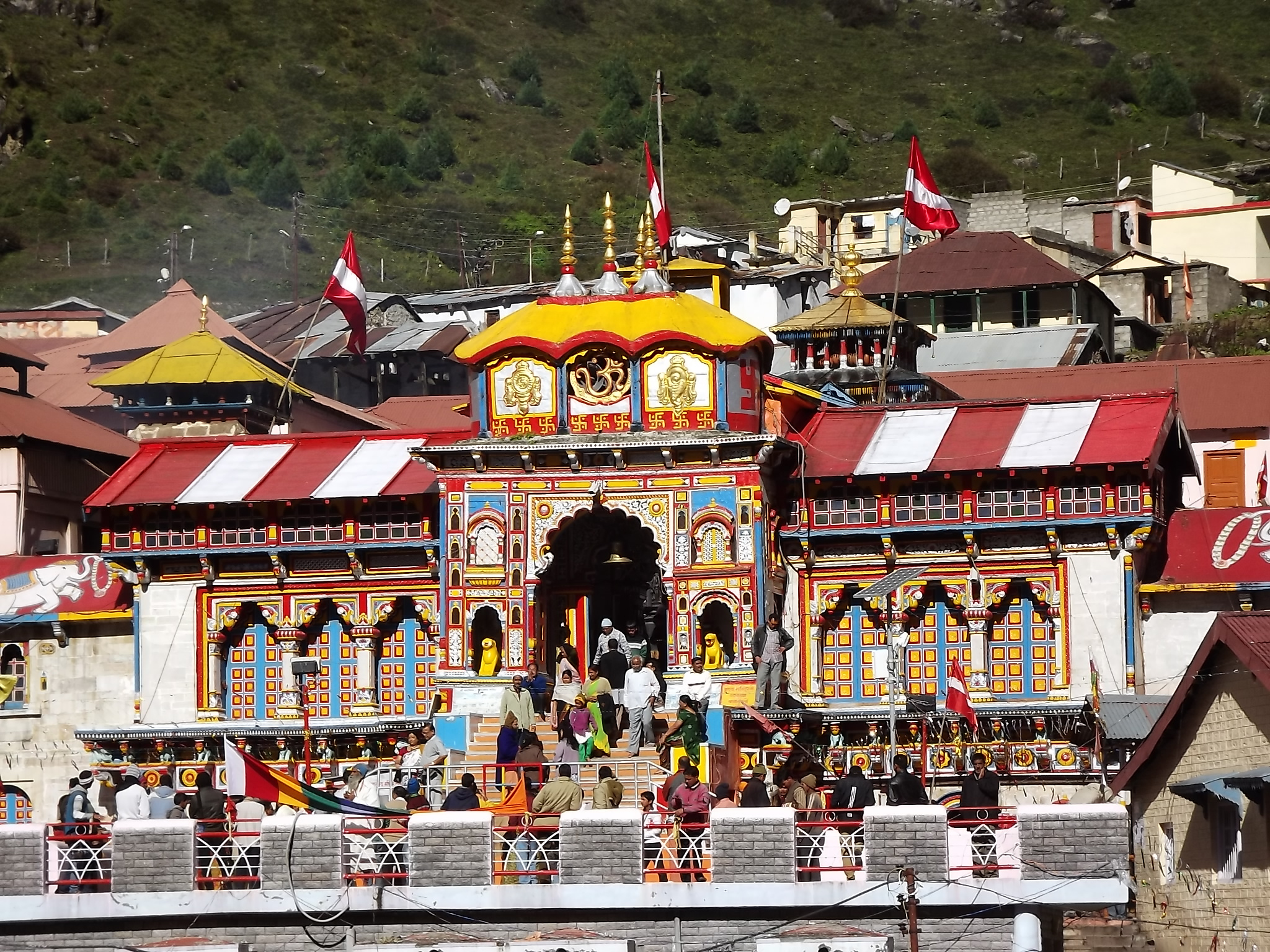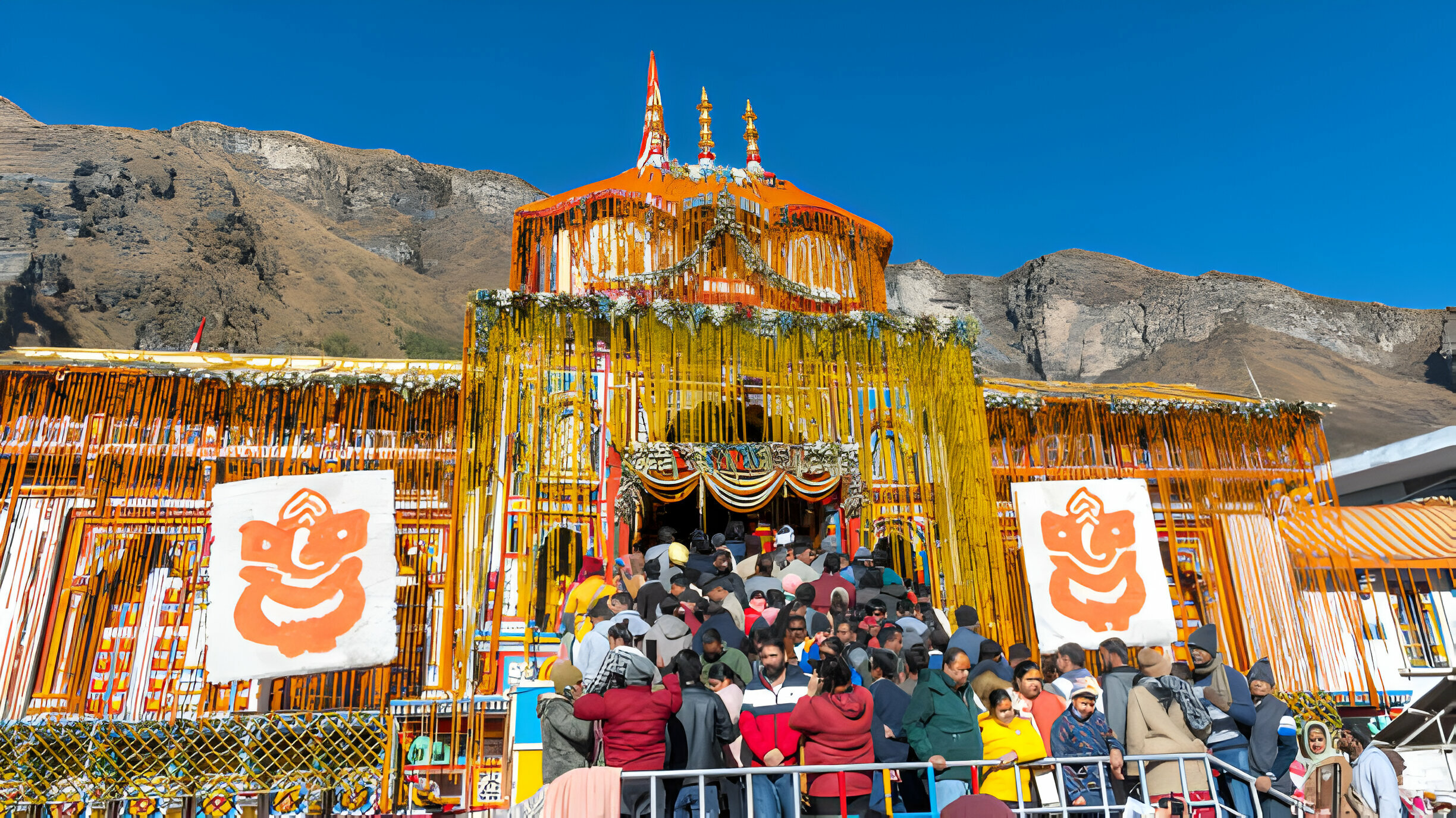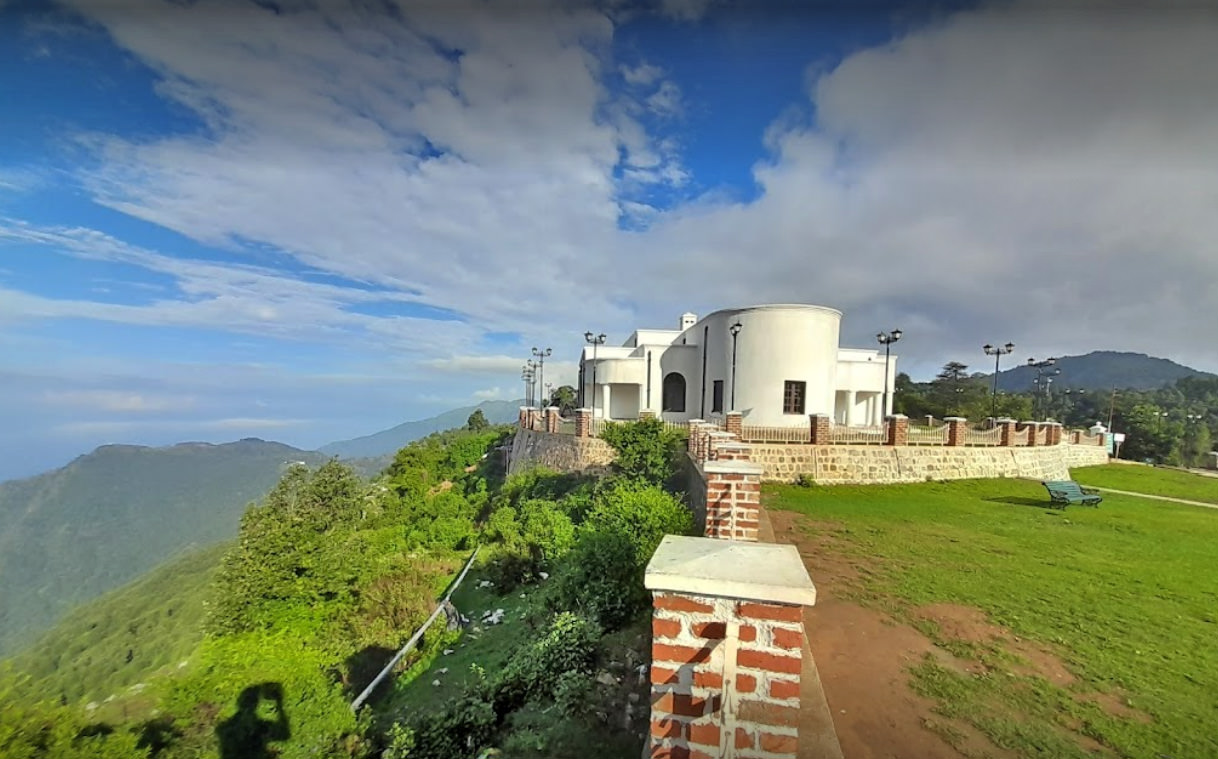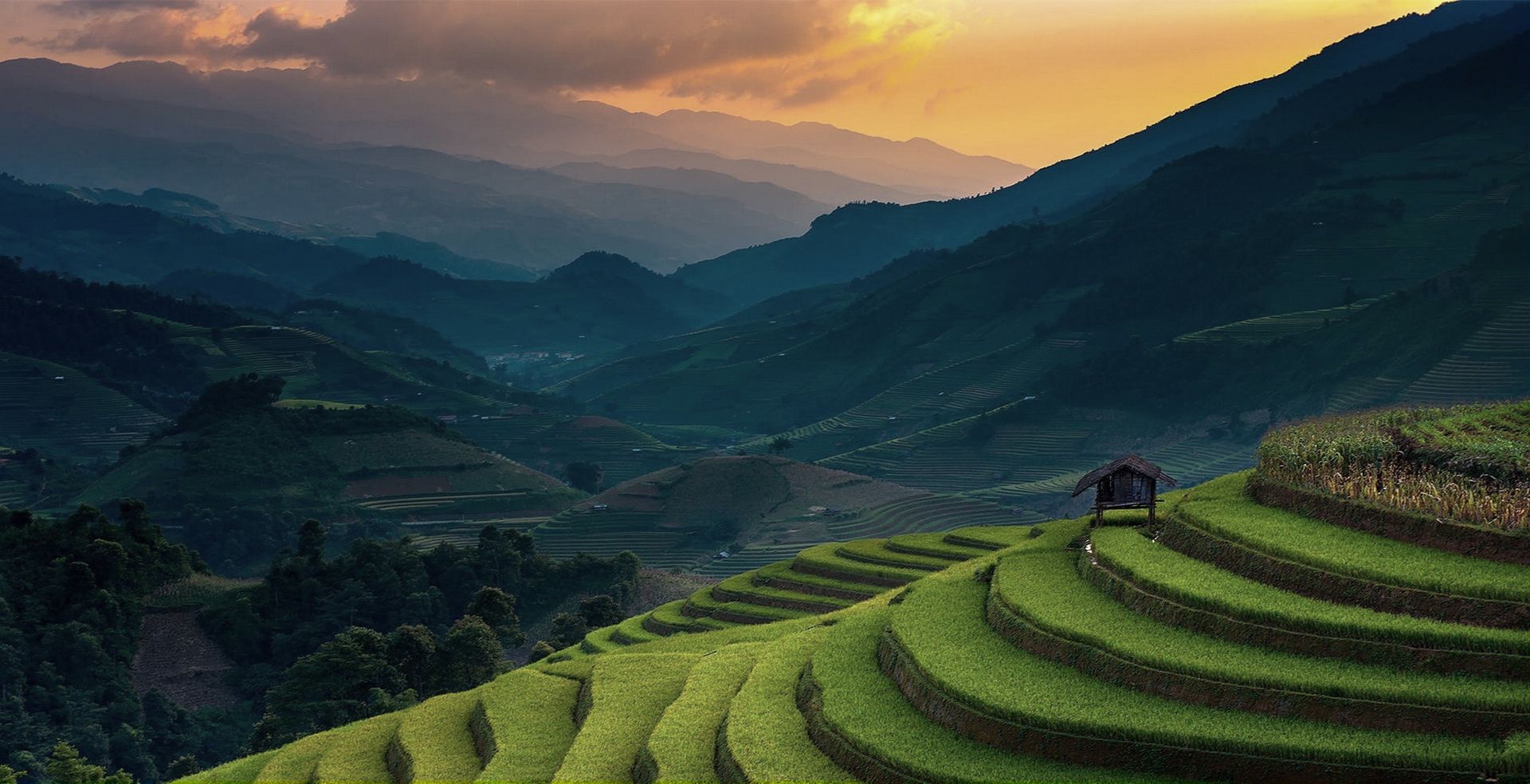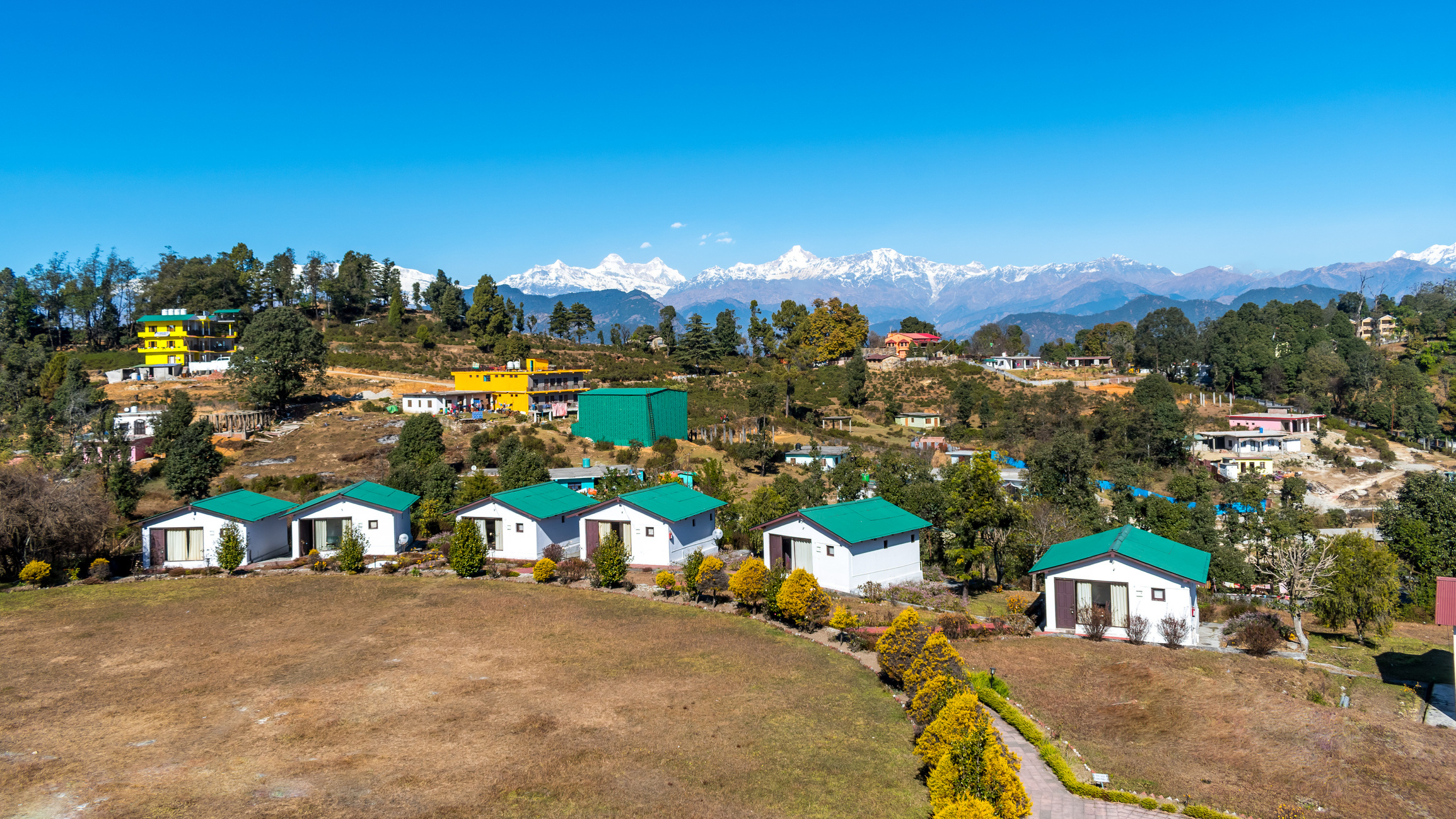Patal Bhuvaneshwar
- Home
- Patal Bhuvaneshwar
Patal Bhuvaneshwar Overview
Patal Bhuvaneshwar – The Mystical Underground Cave Temple
Altitude: 4,000 ft (1,220 m) above sea level
Location: Village Bhubneshwar, Gangolihat, Pithoragarh district, Uttarakhand
Nearest Town: Gangolihat (13 km) | Pithoragarh (91 km) | Almora (120 km)
Best Time to Visit: March to June & September to November
Located 91 kms from Pithoragarh on the way to Berinag, at an elevation of about 1350 m, this highly revered shrine is dedicated to Lord Shiva. The subterranean shrine of Lord Shiva is situated with sprawling interiors. Limestone rock formations have created various spectacular stalactite and stalagmite figures. The way to the cave temple is through a long, narrow tunnel. Inside the cave, the limestone formations have taken the shape of many Gods and Goddesses of Hindu pantheon. The forms of Ganesha, Sheshnag, Garurh, Shivling etc are distinctly visible to the believers. Its popularly believed that the holiest cave is the abode of 33 crore Gods and Goddesses, amidst the absolute Himalayan isolation Patal Bhuvaneshwar is not just one cave, rather a cave city. Caves within caves, steps leading to another, each one unmasking deep secrets from within. The motor-able road ends half a kilometer away from the cave entrance. You have to descend nearly 100 steps into this narrow cave, to reach the sanctum sanctorum, which gives an overwhelming feeling that you are entering into the center of the earth
Each stone, each stalagmite within each cave or doorway in a magnificent erection reveals the story of Hindu pantheon in the shapes of Gods, Goddesses, saints and known mythological characters.
According to the belief, King Rituparna of the Sun dynasty (Surya Vansha) discovered the cave in Treta Yug. It has been described in the Manas Khand of Skand Puran. Adi Guru Shankaracharya visited this cave in 1191 AD. That was the beginning of the modern pilgrimage history at Patal Bhuvaneshwar.
The journey inside the cave has to be carried in feeble lights, holding protective iron chains. The stone formations of Sheshnag can be seen, holding earth, heaven and the work beneath. Haven is performed in a dimly lit solemn atmosphere, under the spell of holy chants. You will also be impressed by the huge stalactites called Jatas of Lord Shiva, located at the different locations inside the cave.
It is believed that Pandavans, the Mahabharata’s heroes proceeded towards their last journey in the Himalayas after meditating here, in front of Lord Shiva
The priest families, the Bhandaris, have been performing religious rites at Patal Bhuvaneshwar since the time of the Adi Guru Shankaracharya. More than 20 generations in the line! They are a treasure house of legends, lores, anecdotes and information about this holy place.
About the Cave
- The cave is about 160 m long and 90 ft deep, accessed through a narrow tunnel.
- Inside, devotees find natural limestone formations (stalactites & stalagmites) resembling gods, goddesses, animals, and mythological symbols.
- It is said that this cave is interconnected with four major pilgrimage sites: Kedarnath, Badrinath, Amarnath, and Kailash Mansarovar.
Mythological Significance
- Mentioned in the Skanda Purana, the cave was discovered by Adi Shankaracharya in 1191 AD.
- According to legend, the Pandavas and several sages meditated here.
- Belief says the cave is the gateway to the inner earth (Patal Lok).
Main Attractions Inside the Cave
- Shivalinga of Lord Shiva naturally formed.
- Rock formations of Sheshnag, Yamraj’s throne, and Kalpavriksha.
- Natural images resembling Lord Ganesha’s head, Shiva-Parvati, and other deities.
- Unique carvings symbolizing the journey of life and death.
Why Visit Patal Bhuvaneshwar?
To experience a mystical underground world filled with divine symbols.
To witness a unique blend of spirituality, history, and natural formations.
A peaceful pilgrimage site surrounded by dense deodar and pine forests.
Nearby Places to Visit Around Patal Bhuvaneshwar
1. Gangolihat
- Distance: 13 km
- Highlight: Famous for Haat Kalika Temple, a powerful Shakti Peeth established by Adi Shankaracharya.
- Attraction: Local fairs, scenic Himalayan views, and vibrant Kumaoni culture.
2. Berinag
- Distance: 35 km
- Highlight: Known for its Nag Devta temples and mesmerizing Himalayan sunrise.
- Attraction: Tea gardens, peaceful villages, and stunning views of Panchachuli peaks.
3. Chaukori
- Distance: 38 km
- Highlight: A hill station famous for its tea estates and panoramic Himalayan views.
- Attraction: Sunrise & sunset points, Kali Mandir, and peaceful homestays.
Chaukori
4. Jageshwar Dham
- Distance: 100 km (via Almora)
- Highlight: Cluster of 125 ancient temples dedicated to Lord Shiva, dating back to the 9th–13th century.
- Attraction: Dense deodar forests, Jageshwar Archaeological Museum, spiritual ambiance.
Jageshwar
5. Pithoragarh
- Distance: 91 km
- Highlight: Known as “Little Kashmir” for its valleys and Himalayan landscapes.
- Attraction: Pithoragarh Fort, Soar Valley, Dhwaj Temple, Askot Wildlife Sanctuary.
6. Almora
- Distance: 120 km
- Highlight: A cultural hub of Kumaon with rich heritage.
- Attraction: Bright End Corner, Nanda Devi Temple, Kasar Devi (famous for meditation).
Almora
7. Munsiyari
- Distance: 125 km
- Highlight: Gateway to Johar Valley and famous for Panchachuli peaks.
- Attraction: Trekking base for Milam Glacier, Birthi Waterfall, and stunning Himalayan views.
Munsiyari
More Information..
By Air: Nearest airport Pantnagar (241 km).
By Train: Nearest railway stations Tanakpur (154 km) & Kathgodam (198 km).
By Road: Well connected to Almora (120 km), Pithoragarh (91 km), and Berinag (35 km).
Accordion Content
Places to visit nearby..
Locate on Map..
Send an Enquiry!
Send Enquiry !
last minute deals
Kedarnath Yatra 2024
Tour Theme
Recent posts
Our Facebook page
Tour Packages
- Quality4.77
- Location4.7
- Amenities4.57
- Services4.8
- Price4.6
Chardham Yatra Ex Delhi ( 11N -12D)
Featured Tour Packages
- Quality4.77
- Location4.7
- Amenities4.57
- Services4.8
- Price4.6


